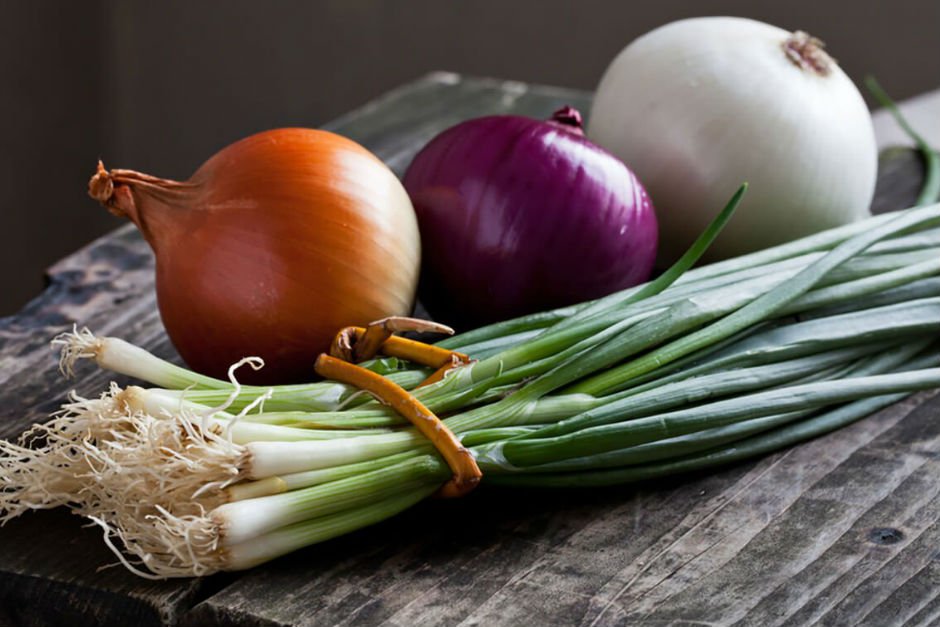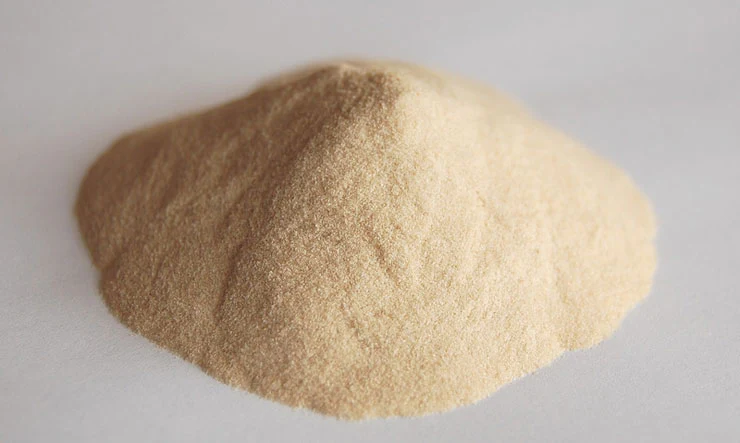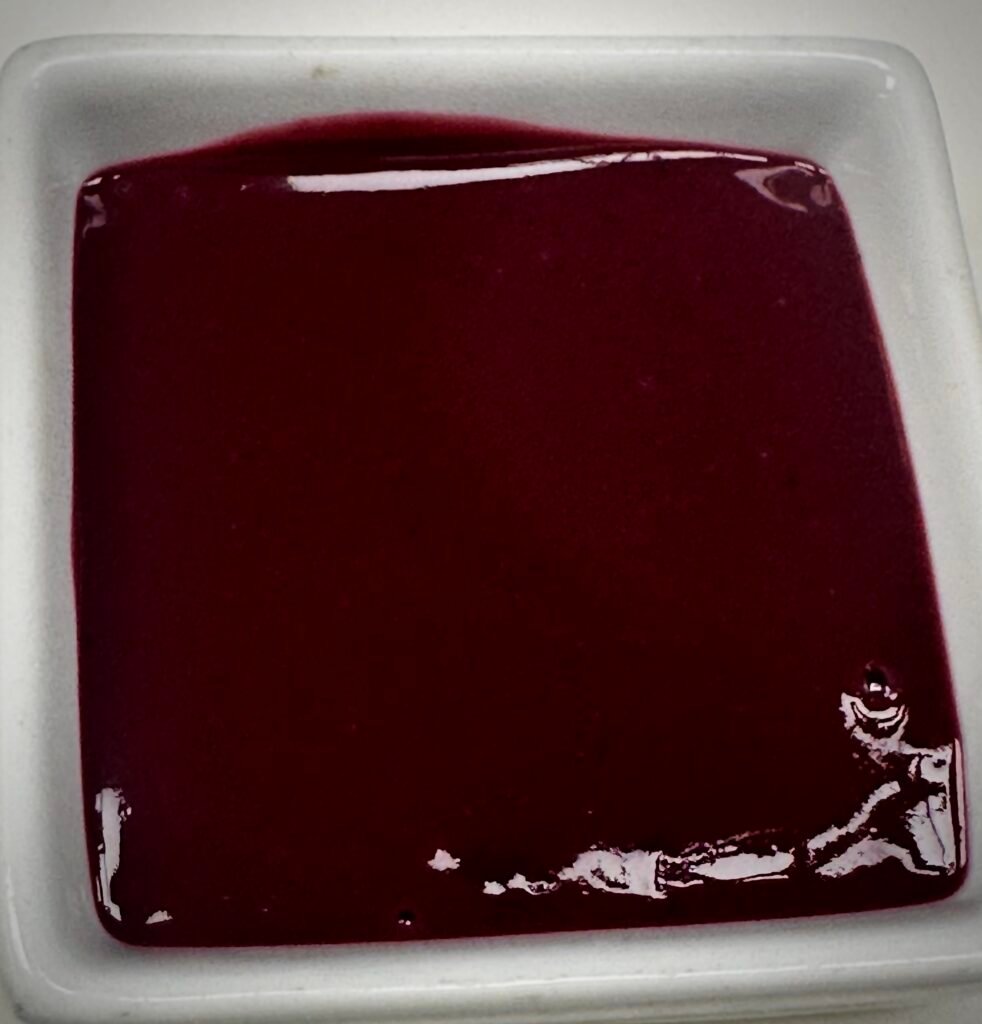
Rice Cooking Modeling and Examples
Rice is a type of cereal obtained from the seeds of plants belonging to the Oryza genus. There are many different species of rice worldwide, but the most commonly consumed varieties are Oryza sativa and Oryza glaberrima. Rice plants grow in aquatic environments, particularly in warm climates. Rice is a vital staple food worldwide and holds a significant place in the kitchens of many cultures. Its different varieties are used in various ways depending on milling and processing methods. Cooking rice correctly can sometimes be a challenging task. In one section of the text, the nutritional values and usage areas of rice will be discussed, while in the following pages, through correct rice cooking modeling and examples, perfectly cooked rice will generally be achieved.
Key Words : Rice, Rice Cooking, Rice Nutritional Values, Cooking Modeling

Caramelized Onions Modeling and Examples
Caramelized onions are a delicious garnish or ingredient obtained by cooking onions, allowing their natural sugars to be released and caramelized. The onions are cooked at low heat for an extended period, allowing their flavors to intensify and their natural sugars to caramelize. This process results in the onions gaining a sweet, soft, and deep flavor. The incorrect steps have been identified, and a model has been created to correct them. The correct modeling process leads to the right result after several attempts.
Key Words : Onion, Caramelized Onion, Cooking, Natural Sugar

Thickening Agents
Thickening agents are substances used to add density and consistency to liquids. These include gelatin, agar agar, xanthan gum, pectin, starch (corn, potato, etc.), and roux (a mixture of fat and flour). Thickening agents are commonly used in soups, sauces, desserts, and beverages. Each one creates different types of consistency in various dishes, and some are sensitive to factors such as temperature and liquid ratio.
Key Words : Thickening Agents, Gelatin, Agar Agar, Xanthan Gum, Pectin, Starch, Roux

Gastrique
Gastrique is a type of sauce commonly used in French cuisine, where sweet and acidic flavors are skillfully balanced. This sauce is typically made from a mixture of wine, vinegar, or similar acidic liquids, with the addition of fruits and other flavorings. The natural acidic and sugary profiles of the fruits help create the flavor balance of the gastrique, while the added sugar gives the mixture a rich depth. In molecular gastronomy, gastrique has become a sophisticated tool used to create creative and unique flavors in modern cuisine. This technique goes beyond traditional recipes, offering innovative and striking flavor combinations.
Key Words : Gastrique, Sweet and Acidic Balance, Molecular Gastronomy, Modern Cuisine